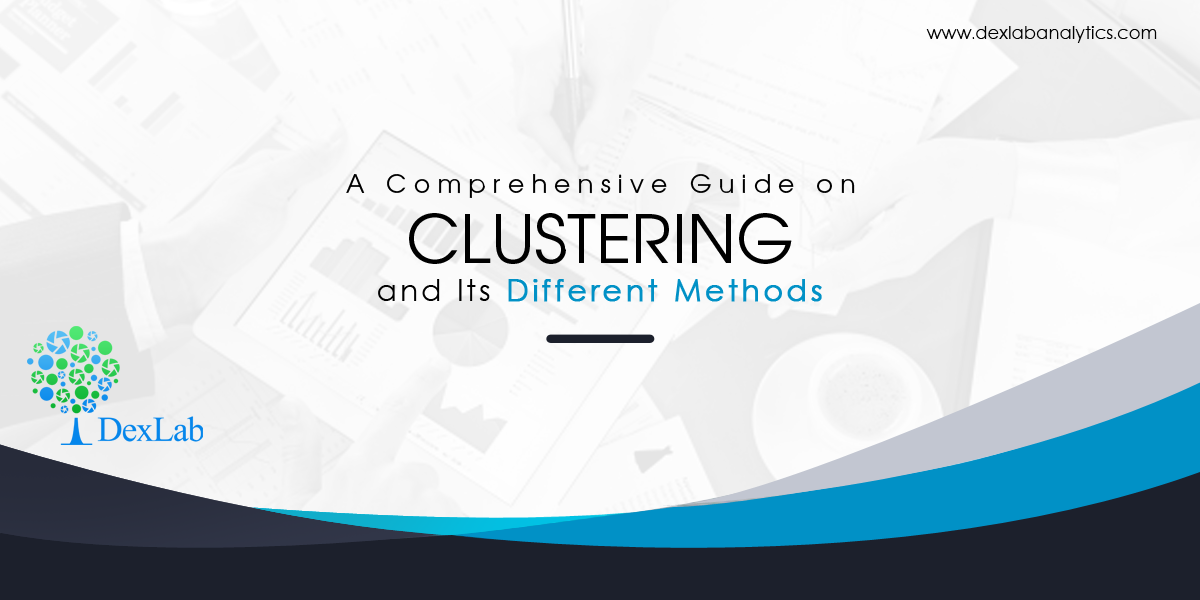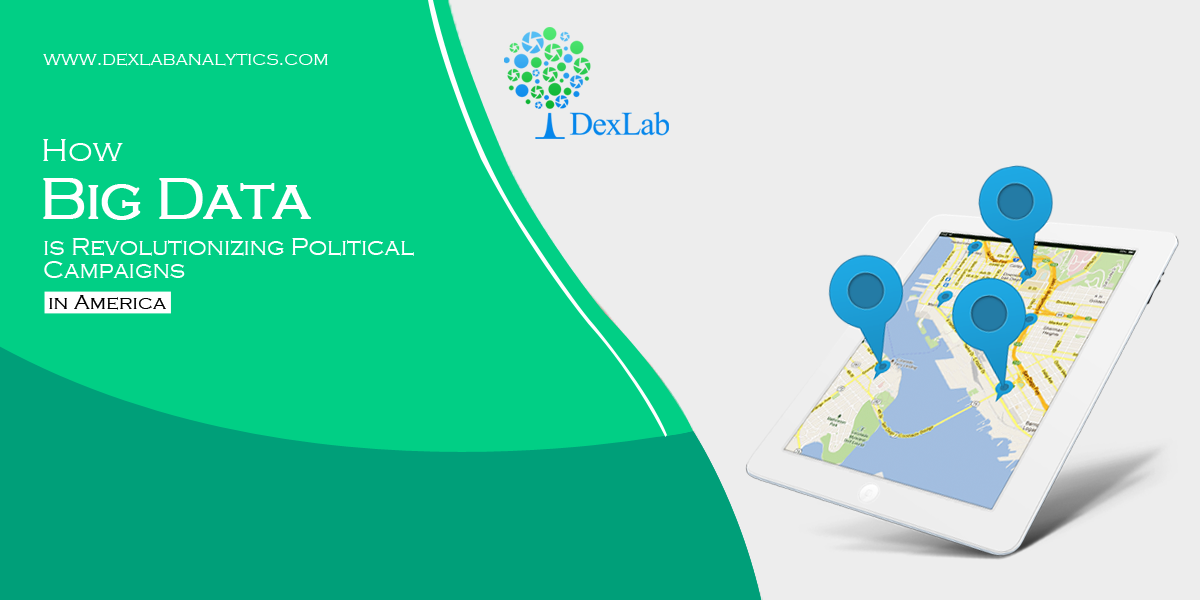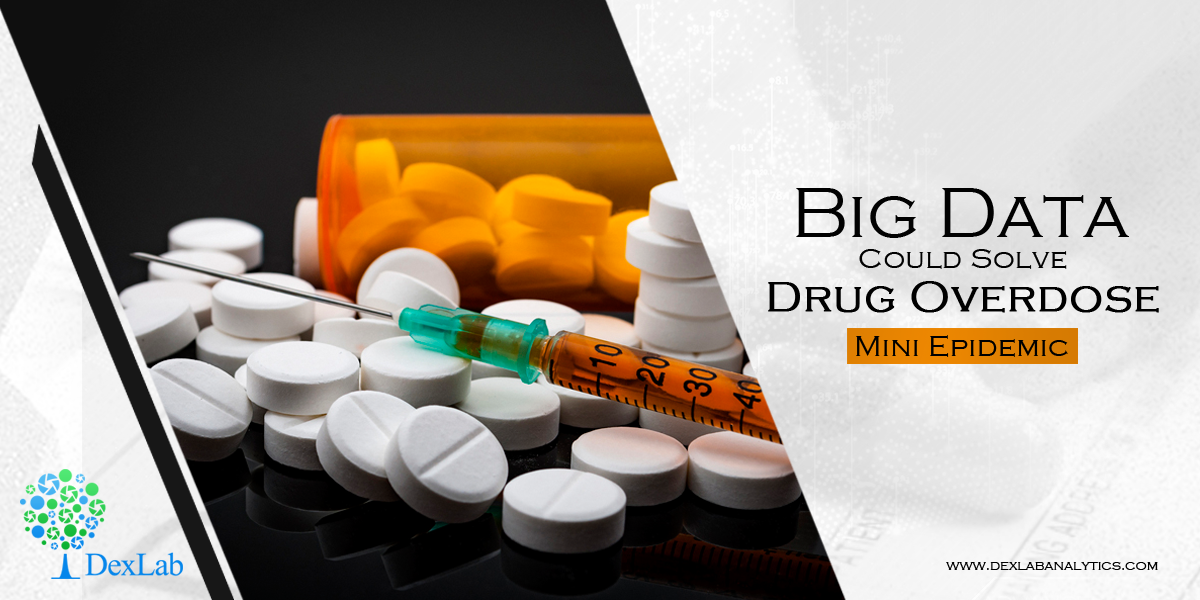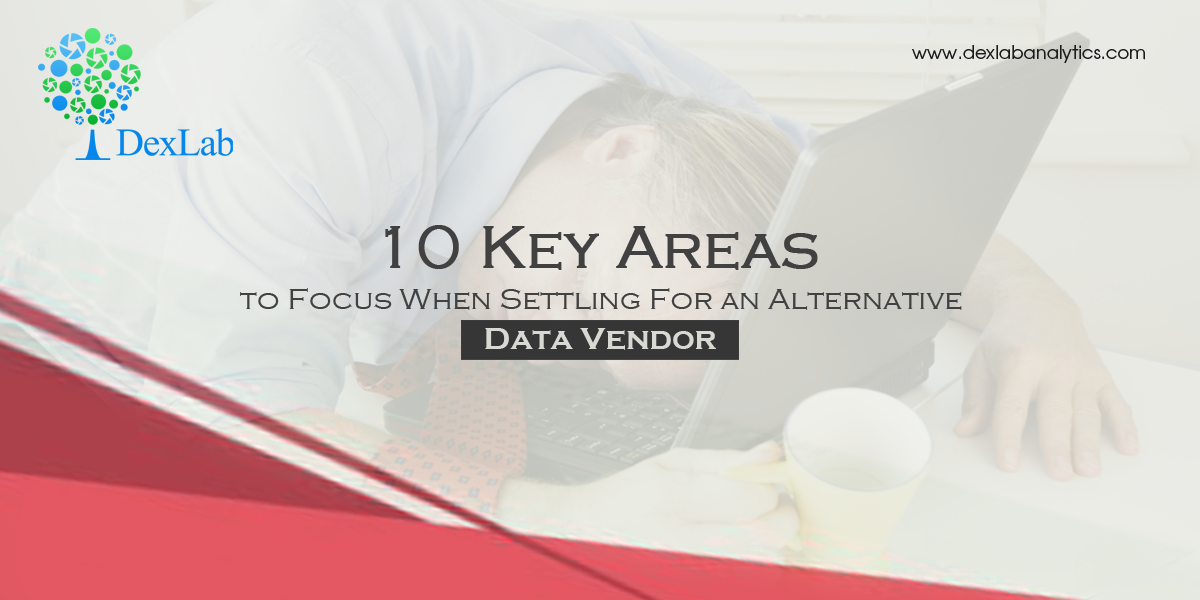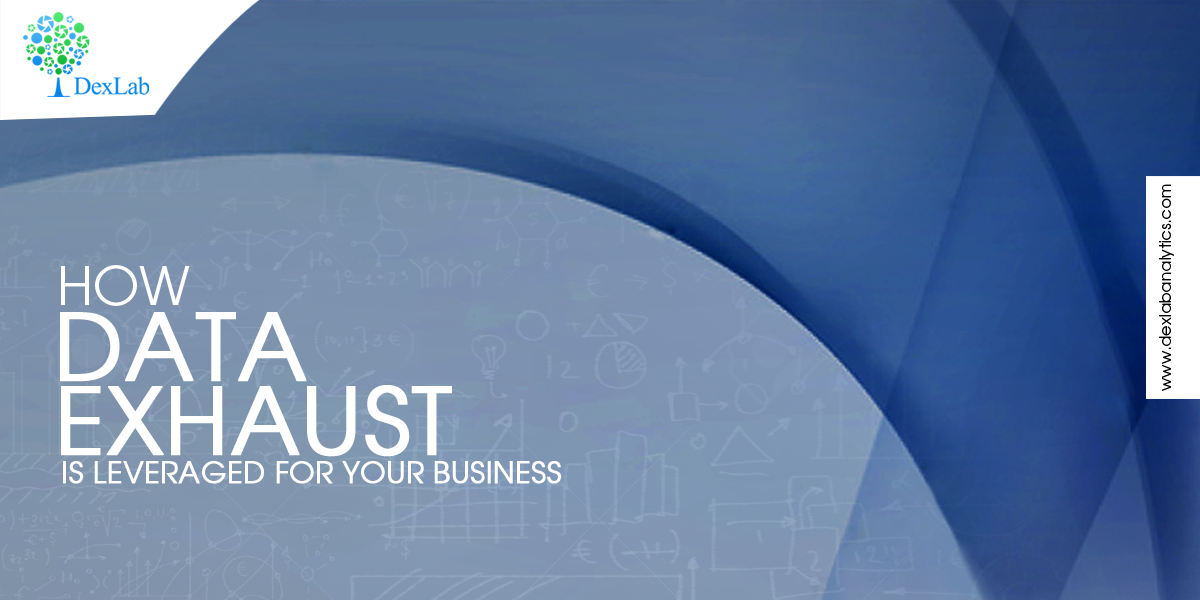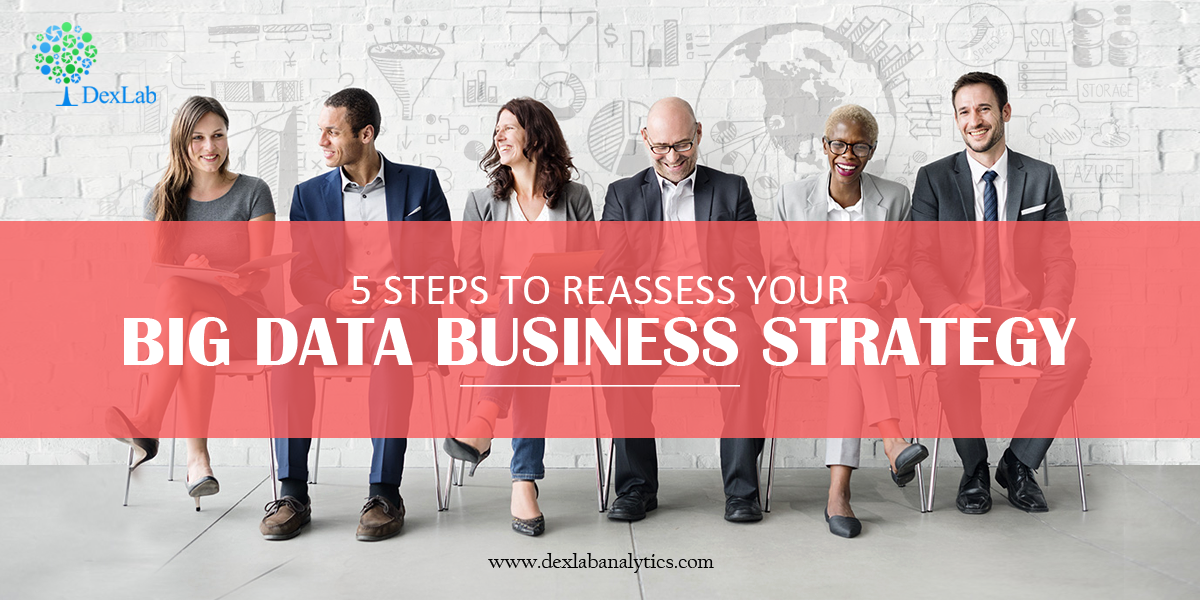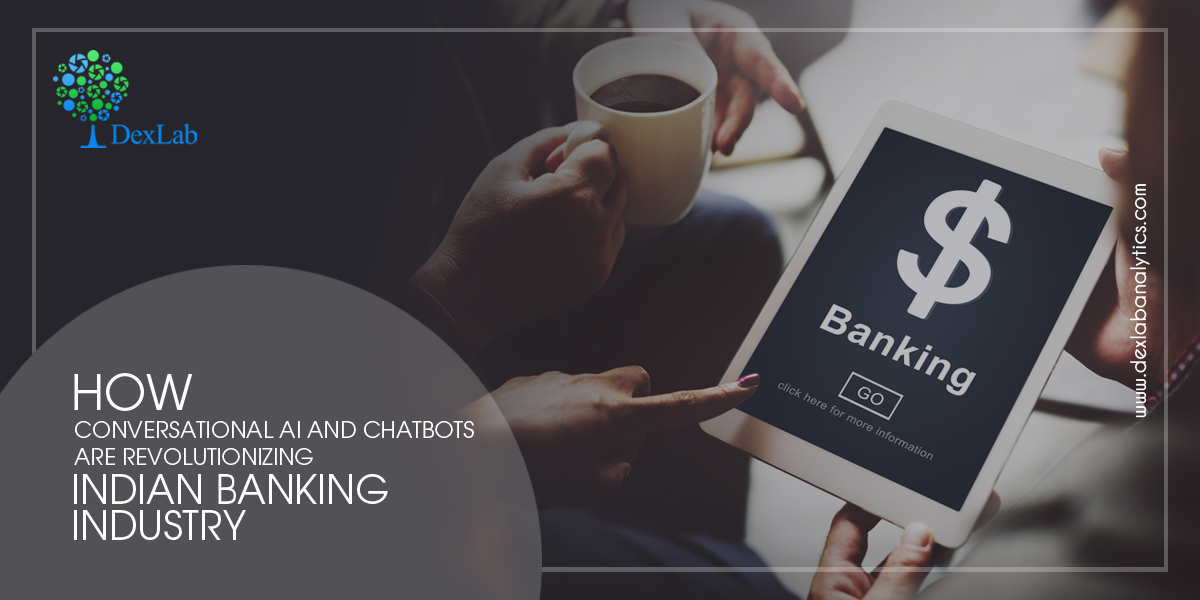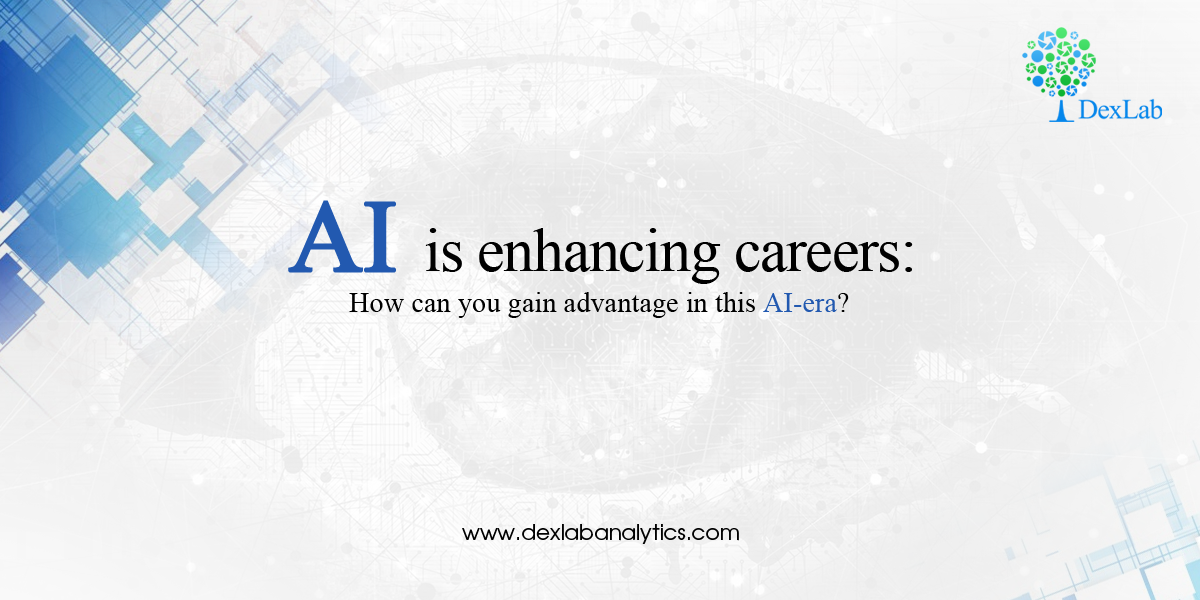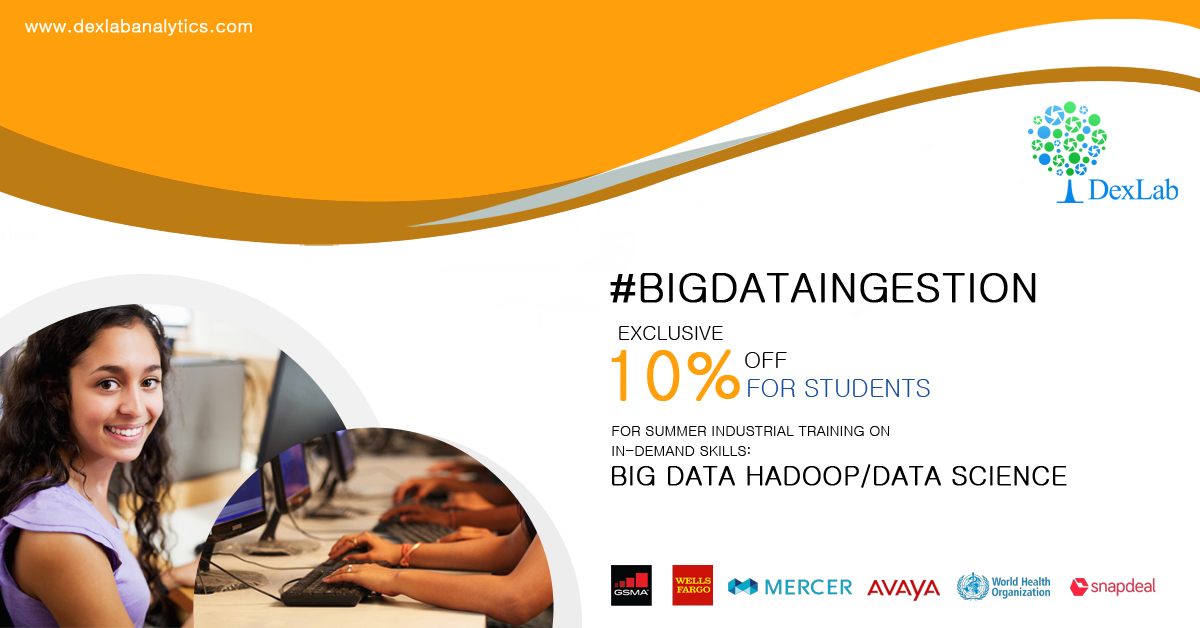
This summer, DexLab Analytics, a pioneering analytics training institute in Delhi is back in action with a whole new admission drive for prospective students: #BigDataIngestion with exclusive discount deals on offer. With an aim to promote an intensive data culture, we have launched Summer Industrial Training on Big Data Hadoop/Data Science. An exclusive 10% discount is on offer for all interested candidates. And, the main focus of the admission drive is on Hadoop, Data Science, Machine Learning and Business Analytics certification.
Data analytics is deemed to be the sexiest job of the 21st century; it’s comes as no surprise that young aspirants are more than eager to grasp the in-demand skills. Especially for them and others, DexLab Analytics emerges as a saving grace. Our state of the art certification training is completely in sync with the vision of providing top-of-the-line quality analytics coaching through fine approaches and student-friendly curriculum.
That being said, #BigDataIngestion is one of its kinds; while Hadoop and Data Science modules are targeted towards B. Tech and B.E students, Data Science and Business Analytics modules are exclusively oriented for Eco, Statistics and Mathematics students. The comprehensive certification courses help students embark on a wishful journey across various big data domains and architectures, triggering high-end IT jobs, but to avail the high-flying discount offer, the students need to present a valid ID card, while enrolling for the courses.
We are glad to announce that already the institute has gathered a good reputation through its cutting edge, open-to-all demo sessions. The demo sessions has helped countless prospective students in understanding the quality of courses and the way they are being imparted. Now, the new offer announced by the team is like an icing on the cake – 10% discount on in-demand big data courses sounds too alluring! And the admission procedure is also as easy as pie; you can either drop by the institute in person, or else can opt for online registration.
In this context, the spokesperson of DexLab Analytics stated, “We are glad to play an active role in the process of development and condoning of data analytics skills amongst the data-friendly students’ community of the country. We go beyond traditional classroom training and provide hands-on industrial training that will enable you to approach your career with confidence”. He further added, “We’ve always been more than overwhelmed to contribute towards the betterment of skilled human resources of the nation, and #BigDataIngestion is no different. It’s a summer industrial training program to equip students with formidable data skills for a brighter future ahead.”
For more information or to register online, click here: DexLab Analytics Presents #BigDataIngestion
#BigDataIngestion: DexLab Analytics Offers Exclusive 10% Discount for Students This Summer
Interested in a career in Data Analyst?
To learn more about Data Analyst with Advanced excel course – Enrol Now.
To learn more about Data Analyst with R Course – Enrol Now.
To learn more about Big Data Course – Enrol Now.To learn more about Machine Learning Using Python and Spark – Enrol Now.
To learn more about Data Analyst with SAS Course – Enrol Now.
To learn more about Data Analyst with Apache Spark Course – Enrol Now.
To learn more about Data Analyst with Market Risk Analytics and Modelling Course – Enrol Now.

